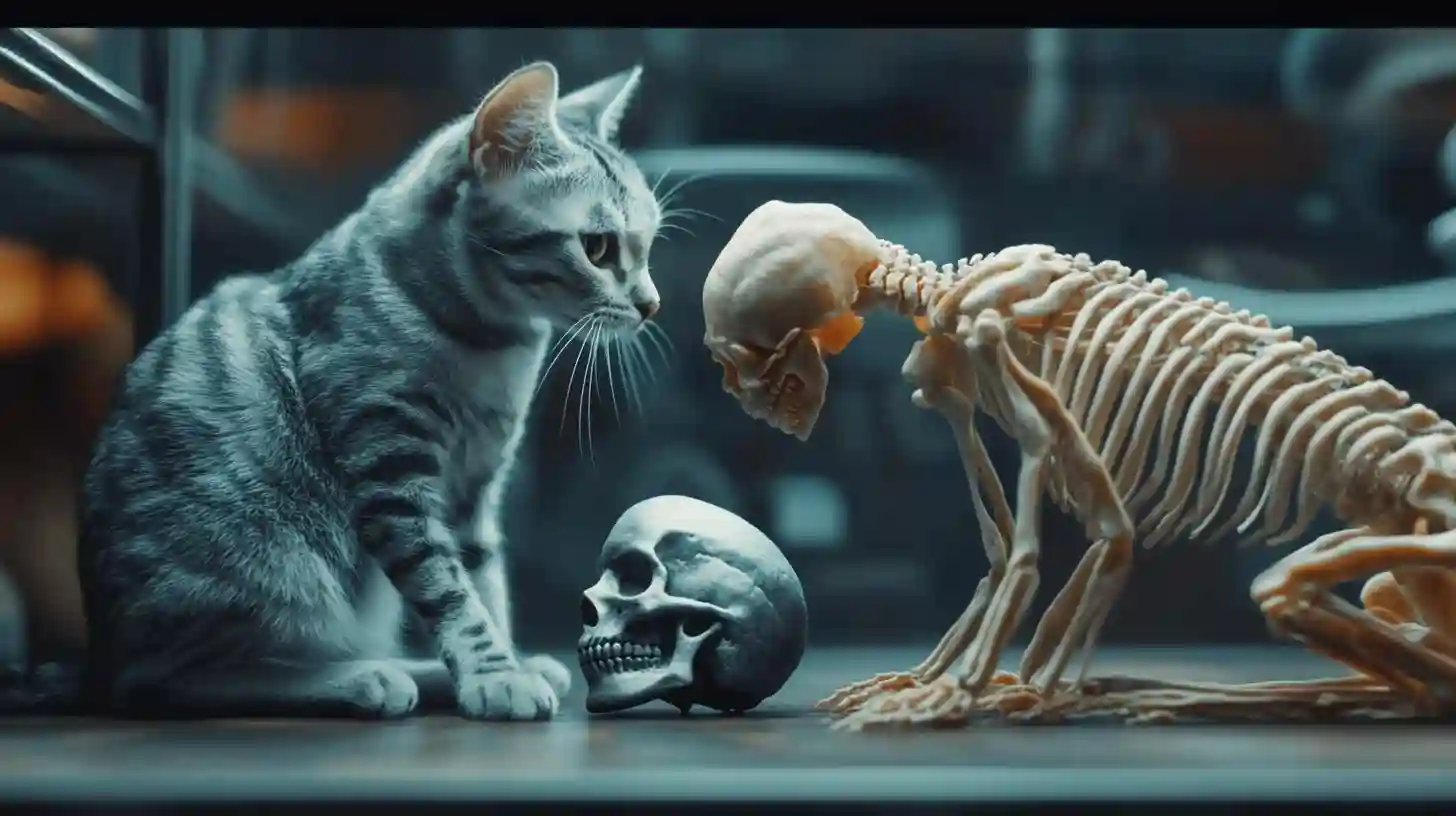
Throughout history, the bond between humans and cats has been a subject of fascination and inquiry. Both species have developed unique forms of communication, particularly through body language, that demonstrate the intricate connections formed over centuries of cohabitation. Understanding these subtle cues not only unveils the intricacies of feline behavior but also highlights how humans have adapted to comprehend and interpret these signals, paving the way for a deeper relationship between the two.
Cats are inherently instinctive animals, guided by innate behaviors that have evolved over time. Their body language serves as a critical tool for communication, not only among themselves but also with their human companions. Observing a cat's posture can reveal much about its emotional state. For instance, a cat that sits upright with its ears pointed forward is likely feeling curious and alert. Conversely, a cat that crouches low with its ears flat against its head is signaling fear or discomfort. These physical expressions allow humans to gauge a cat's mood, facilitating an understanding that fosters a more harmonious living environment.
One of the most emblematic gestures of a cat is the slow blink. When a cat deliberately closes its eyes and then opens them slowly, it is a sign of trust and affection. This behavior can be traced to their wild ancestors, who would use blinking as a non-threatening gesture among their peers. Humans have observed this and often respond with a slow blink in return, which can strengthen this bond by conveying mutual trust. This reciprocal behavior highlights the shared evolution of communication strategies between the two species.
Tail position serves as a vital indicator of a cat's emotional state. A high-held tail often indicates confidence and a happy demeanor, while a low or puffed-up tail suggests fear or aggression. Cats have developed this expressive method over generations, making it a reliable form of communication. Humans who take the time to learn these signals can better respond to their feline companions. For example, an excited cat might approach with a high tail and a slight twitch at the tip, inviting interaction. Recognizing these signals allows humans to engage with their cats in a manner that is respectful and responsive to their feline instincts.
Another remarkable aspect of feline body language is the way cats use their whiskers. Whiskers are highly sensitive tactile hairs that can gather information about their environment. When a cat is curious or interested, its whiskers may extend forward, signaling engagement with its surroundings. Understanding how these whiskers function provides humans with insight into their cats' exploratory behaviors, reinforcing the idea that cats are constantly evaluating their world. This knowledge enables humans to create a space that promotes comfort and curiosity, catering to the innate instincts of their pets.
The vocalizations of cats also complement their body language, further enriching the communication landscape between cats and humans. Cats have adapted their vocal range to suit their interactions with humans, often using a variety of meows, purrs, and trills to convey different messages. For instance, a cat may emit a throaty purr when content or use a sharp meow to demand attention. These sounds are not only instinctual but have also been fine-tuned over time to attract human attention, enhancing the bonding experience. Humans have learned to respond to these vocal cues, further reinforcing the connection that has developed through shared experiences.
The evolution of cats has been intricately tied to human societies, and as they have thrived in various domestic environments, their communication methods have become more nuanced. The social structures present in multi-cat households can further enrich their communication, providing a complex tapestry of body language and vocalizations that humans can observe and interpret. As cats navigate these dynamics, they often reveal insights into their personalities, helping humans to understand each cat as an individual with unique preferences and traits.
As we delve deeper into the fascinating interplay of body language between humans and cats, it becomes increasingly clear that the evolution of this communication has been shaped by centuries of cohabitation. The subtle exchanges that occur daily enrich the relationships we share, fostering a unique bond built on trust, understanding, and a mutual appreciation of each other’s behaviors. This intricate web of interaction highlights a remarkable evolutionary connection that illuminates the ways in which two diverse species have found common ground through the simple yet profound language of their bodies. As humans continue to observe, learn, and adapt to the rich tapestry of cat communication, the potential for a deeper relationship grows ever stronger, ensuring that the bond between us remains both fascinating and enduring.